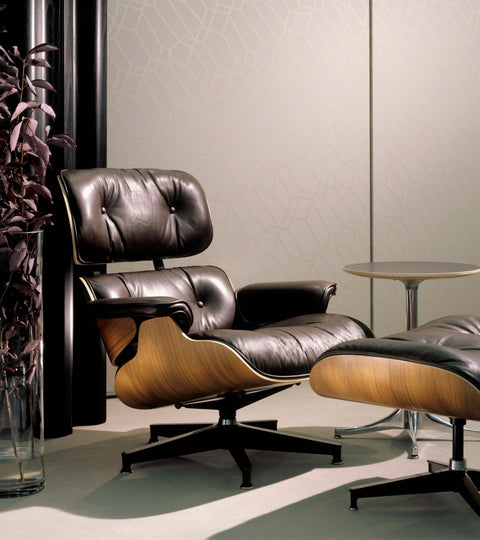The most dominant trend in everything is evolving, but nobody knows what’s next.
“An interesting plainness is the most difficult and precious thing to achieve.”
Ludwig Mies van der Rohe
Mies, one of the pioneers of modern architecture, uttered those words decades ago, but ask any visual artist today and they’ll say the master’s sentiment is still as true as ever. Actually, Mies has a much more famous quote that’s so ubiquitous, most people don’t know its true origin. But we’ll get into that later. Let’s deal with the paradox of interesting plainness first.
What lies at the heart of Mies’ notion that makes it so inescapable is tension — we’re never satisfied by the contradiction of something that feels complete yet leaves us wanting more.
That feeling of satisfaction butting up against the desire for resolution is what makes anything good — design, film, even food. Think about finishing a delicious meal — you’re full, but you still want more. Or the last great movie you saw — you were satisfied when it ended but probably wished it would keep going.
That’s why Mid-Century Modern as a design movement is so popular. It’s an aesthetic that lands right in between being just enough and never too much. You can’t gorge yourself on it, it isn’t meant to be devoured. It’s a simple complexity that you don’t even realize you’re savoring one sip at a time. It is successfully both very interesting and very plain.

Take a look at some of the most famous examples of the style, each portrays a balance between painstaking attention to detail and a visual language of laissez-faire. There’s the National Congress of Brazil by Oscar Niemeyer, the Saarinen Dining Table by Eero Saarinen, and of course the Eames Lounge Chair and Ottoman by Charles and Ray Eames. Even one of Mies’ most famous works, the Farnsworth House, is full of paradoxes itself. The temple of domestic modernism is a perfectionist mirage that floats above the ground cursively, but its history has been beset by plagues, floods and feuds.
Speaking of Mies, his more famous quotation — the one you’re undoubtedly familiar with — captures the philosophy behind Mid-Century Modern in just three words:
“Less is more.”
This ethos calls to mind that not only is the expression of the medium a paradox, so is the act of its creation. It’s the process of putting in effort to make something appear effortless. The more simple something looks, the more complex it probably was to create.
Mark Twain summed it up best when he said, “I didn’t have time to write a short letter, so I wrote a long one instead.” Distilling the essence of what you want to say takes more time than just blurting it out in a stream of consciousness. It’s just as true for writing as it is for design. Brevity is the soul of wit. Less is more.

If a design trend marked by muted color palettes and strained minimalism is then more by being less in its expression and execution, is the same true for its existence? The Mid-Century sensibility of clean simplicity and integration with nature has been in the public consciousness since the 1950s, thanks to the social currents of optimism following the darkness of the Depression and World War II. But some believe that the tides of taste are beginning to turn.
The tricky thing about something becoming so popular and so unanimously adopted is that it ceases being a trend and its status elevates to being a part of culture that we can’t remember life without. Justin Riordan, founder of Spade and Archer Design Agency, says that “because MCM never really went away, it has truly become part of the American design vocabulary.” Still, Riordan, along with other trendspotters, believe that the style is going to evolve, and that the process has already begun.

What will take the place of Mid-Century Modern as the dominant visual aesthetic of this generation remains to be seen. Utilitarianism is on the rise, so is California Casual. But one thing that’s for sure is that its existence is — fittingly — in a state of paradox. It is simultaneously timeless and trendy. We see it everywhere, we know it’s on its way out, but in the moment we’re enjoying every minute of it. And who knows, maybe less of it will leave us wanting more.
//
Photos courtesy of Herman Miller



0 Comments
There are not comments yet. Be the first one to post one!